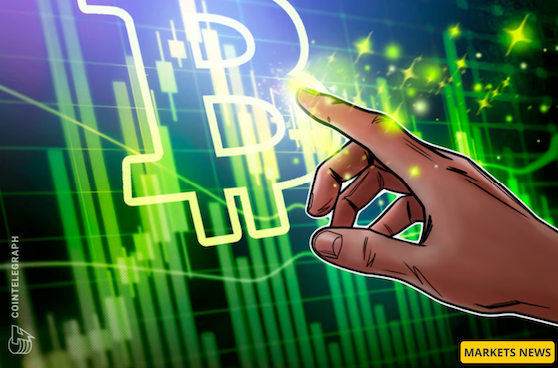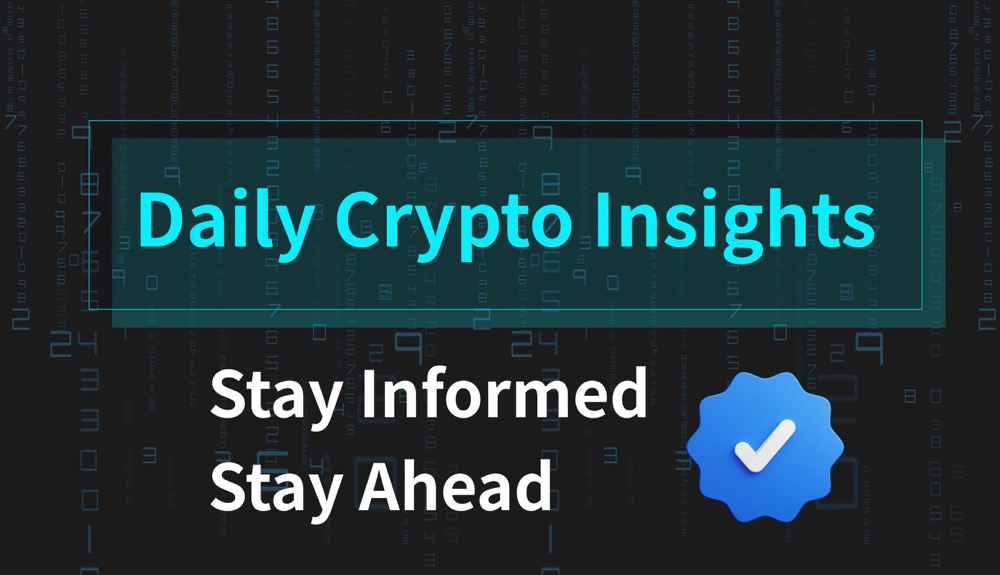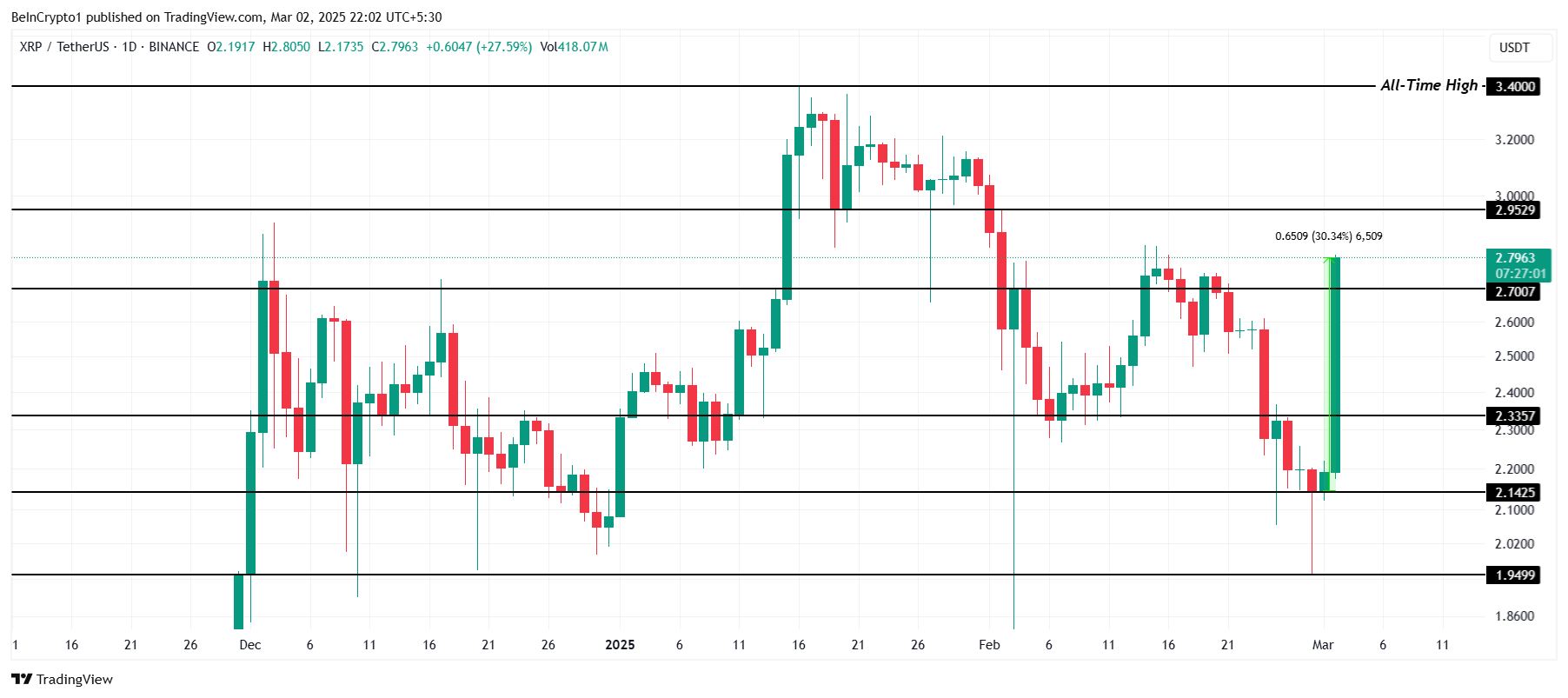What is the impact of large repurchases on Virtuals?
The value capture of VIRTUAL has been upgraded again.
Author: Ismay, BlockBeats
This morning, Virtuals announced that it will use the 12,990,427.85 $VIRTUAL accumulated from post-bonding trading income to repurchase and destroy related proxy tokens in the ecosystem based on the time-weighted average price (TWAP) within the next 30 days. Tokens such as GAME, CANVO, and AIXBT, which rank high in repurchase quantity, have all seen an increase of over 20%.

At the same time, Virtuals has updated its value accumulation mechanism, with the main changes including:
Post-bonding tax distribution: 30% allocated to Agent Creators, 20% to Agent Affiliates, and 50% to Agent subDAO, serving as a reserve for future governance decisions;
Creator reward collection method: Rewards will be sent directly to the wallet of the proxy deployer.
Agent Affiliates mechanism: For various trading platforms or interfaces (such as Telegram Bot) to achieve revenue sharing with the Virtuals ecosystem, once a platform becomes an Agent Affiliate, it will receive 20% of the post-bonding tax generated from the transactions it facilitates, incentivizing its community and subsequent project planning.

Why this upgrade and its impact
Each Virtual token will create a liquidity pool with $VIRTUAL as the paired asset (for example, AIXBT/VIRTUAL), and the platform has accumulated a large amount of $VIRTUAL as income through transaction fees.
However, this income cannot be directly sold, as it may trigger market panic and damage the ecosystem, since a drop in the price of $VIRTUAL would also affect the proxy tokens linked to it. Additionally, if this fund is not handled properly, the platform may face a huge tax burden due to this unusable income.
Therefore, the platform has chosen to utilize this income by repurchasing and destroying ecological tokens.
Two types of tokens that benefit
1. Tokens with relatively high trading fees compared to market value
The amount repurchased depends on the accumulated amount of trading fees, so tokens with a large overall trading volume but relatively low market value will receive a larger proportion of incentives,
for example, tokens like MISATO have surged significantly due to the repurchase news.

2. Tokens with most liquidity in non-VIRTUAL paired pools
The pricing unit of these tokens (VIRTUAL) is less affected by selling pressure, but they can still receive incentives from the repurchase. For instance, $AIXBT actually received about $2.5 million in incentives, but since its main liquidity is in other pools, it is less affected by the selling pressure of VIRTUAL.
Groups that are harmed
1. $VIRTUAL holders
The $48 million selling amount is quite substantial. Previously, the price of $VIRTUAL benefited from the continuous accumulation of transaction fees (equivalent to $48 million in value accumulation).
However, now these transaction fees will be converted into cBTC, starting to exert selling pressure on the market. The positive cycle that drove the rise of $VIRTUAL has now reversed into a negative cycle.
2. Tokens only in VIRTUAL paired pools or with low trading volume
These tokens receive smaller incentives but have to bear the price pressure from the selling of $VIRTUAL. Newly issued tokens are particularly affected, as they accumulate less transaction fee income.
On-chain analyst hitesh.eth analyzed the top 50 tokens based on the 30-day time-weighted average price (TWAP) repurchase and destruction distribution, finding that some tokens face repurchase pressure that even exceeds their current market value.

How does the community view this repurchase?
It can be said that this upgrade brings stronger value support to the Virtuals ecosystem, but the community has expressed dissent regarding the updated repurchase and distribution model, with some arguing why Virtuals chose to sell $VIRTUAL instead of directly destroying these tokens. "This approach is contrary to the best interests of holders and the team, as the team actively created a selling pressure of $48 million. For the ecosystem, part of the incentives flows to proxy tokens primarily located externally, leading to capital outflow from the ecosystem."
Crypto KOL Liam stated that while converting transaction fees to cBTC is the correct transformation direction for Virtuals, the platform should significantly reduce transaction fees to minimize excessive extraction from the ecosystem. Additionally, the distribution of transaction fees should be standardized based on the token's launch time, allowing new and old tokens to start from a fair point.
However, the view that "repurchase will bring huge selling pressure" has also been questioned as unfounded, because these Agent tokens are paired with $VIRTUAL. Purchasing Agent tokens with $VIRTUAL does not sell any $VIRTUAL; it simply adds $VIRTUAL to the liquidity pool. If the liquidity pool is priced in WETH, then $VIRTUAL would first be exchanged for WETH, but that is not the case here.

However, this will indeed bring indirect selling pressure, as the increase in the amount of $VIRTUAL in the liquidity pool will raise the value of the tokens, and holders may sell more $VIRTUAL as a result. But due to the nature of liquidity pools and price impacts, and since many of these tokens have low liquidity, they cannot directly sell all their tokens.
Leftcurve DAO member mcSleuth believes that this announcement will not bring direct selling pressure, and the indirect selling pressure is almost negligible, especially considering that the market value of $VIRTUAL is $3.6 billion and has very high liquidity.
Disclaimer: The content of this article solely reflects the author's opinion and does not represent the platform in any capacity. This article is not intended to serve as a reference for making investment decisions.
You may also like
Biggest CME gap ever at $85K: 5 things to know in Bitcoin this week
Bitcoin enjoys a major "Trump pump," but traders warn that fresh BTC price support retests are still a risk ahead of this week’s key White House crypto summit.

Bitget Daily Digest (March 3) | Trump promotes $XRP, $SOL, $ADA on social media, Whale trades spark market attention
The crypto market rallied as investors digested news of U.S. President Donald Trump’s plan to establish a crypto reserve. An analyst from Presto Research said market expectations “may remain high” until Friday, given that White House Crypto Czar David Sacks teased “more to come” at the Crypto Summit set to take place on Friday.

Cardano (ADA) Shows Potential for Further Gains as Price Approaches Key Resistance Level

XRP Eyes Potential Growth as Investor Confidence Rises After Trump’s Crypto Reserve Announcement

